THE AGE OF THE SUPERCAR
In 1974, a company in Bologna, Italy, started by a man who made his fortune building tractors, introduced a car that would throw the automotive world into a tizzy. It was utterly useless in day-to-day life, requiring the driver to open an unwieldy scissor door to even deign to pilot it in reverse. It hardly had the cargo space for a small backpack. It was a solid foot wider than most other cars of its time, making it nigh-on impossible to pilot through tight city streets. The absurd, groundbreaking vehicle in question? The Lamborghini Countach. The very Italian entry would leave an indelible mark on supercars well into the early 2000s after adorning the bedroom walls of youths for a solid three decades. That mark? an industry-wide veer towards cars that very often sacrificed functionality in the name of...everything else. Speed. Handling. Form. Pugnacious aesthetic. Sheer insanity. In the past decade, the 1970-era Lamborghini mantra of "everyday uselessness" has become increasingly pervasive in our own niche of the world: Production road racing bicycles. It's not necessarily a negative, but the mindset can be overwhelming. The sacrifice of livability in the service of weight, aerodynamics, or the aesthetics of either is an innate one when it comes to the whole concept of the competition oriented bikes we love to ride. And, there's certainly far more "functional" bikes out there - but they're just not as fun. So, when we find a race bike that seems to jive with the automobile industry's newfound "everyday supercar" trend, we're over the moon. For us, that bike is the Trek Domane Race Shop Limited.
In the past decade, the 1970-era Lamborghini mantra of "everyday uselessness" has become increasingly pervasive in our own niche of the world: Production road racing bicycles. It's not necessarily a negative, but the mindset can be overwhelming. The sacrifice of livability in the service of weight, aerodynamics, or the aesthetics of either is an innate one when it comes to the whole concept of the competition oriented bikes we love to ride. And, there's certainly far more "functional" bikes out there - but they're just not as fun. So, when we find a race bike that seems to jive with the automobile industry's newfound "everyday supercar" trend, we're over the moon. For us, that bike is the Trek Domane Race Shop Limited.
I was pleased to have the opportunity to put a solid 2000km into a 56cm Domane RSL, wearing Trek-Segafredo's blazing red/white livery. About half of the distance came during our Trek-backed Escape From LA, and to say that the bike performed well is an understatement. I'll skip the semantics of beating around the bush. With aggressively unique geometry, classic lines, a seductively smooth-yet-stiff ride, massive amounts of tire clearance, low weight, and hidden fender mounts (?!?!?!), the Domane RSL easily stole my heart on the first ride. This bike was the spark for our relationship with Trek, based on something as simple as its geometry chart, completely sight unseen. I'd been scouring the world for a production bike with similar geometry to my own custom Baum Corretto, the same geometry that makes most experienced riders hoot with glee. Apparently, it's what Fabian Cancellara also digs, and it's what I found in the Domane RSL. Long chain stays and a pavé-scrapingly low bottom bracket balance extremely short fork trail, making the bike drive like an oversteer-happy mid-engine sports car on twisty descents. It rewards deft counter-steering, doesn't mind changing direction mid-corner, and launching it into a turn almost feels like stomping powder on a pair of fat skis as the bike pivots from the back end. Can the quick steering be nervous? Of course. It takes a bit more care and attention than a more staid, slower-handling Grand Tour bike, like its siblings the Emonda and Madone, or any litany of production bikes with the standard (ahem, boring) "405mm chainstay/70mm BB drop/58mm trail" handling recipe. The RSL will bite if provoked, and its geometry is brutally uncompromising, but under the right pilot? It's absolutely magical.

THE RIDE
Softening the Domane RSL's ragged-edge geometry is IsoSpeed, an exercise in Trek flexing its considerable engineering muscle. While other companies are experimenting with actual suspension dampers in road frames built for Classics/gravel riding, IsoSpeed is actual flex engineered into the carbon layup of the frame and fork. At the back, IsoSpeed's implementation actually splits the seat tube into two parts - one that flexes independently of the frame that the saddle is mounted to, and the structural portion that joins with the bottom bracket, top tube, down tube, and stays. It's essentially a carbon leaf spring, and the level of flex is adjustable with a slider and 4mm hex key. At the bottom, the bike rides its softest (or as some at Trek like to call it, #partymode), and at the top, it'll ride like your favorite bone-rattling race frame. Let's just say we're fans of #partymode. Up front, ISOSpeed is implemented in the fork steerer at a pivot at the top of the head tube (it's shrouded beneath a waterproof gasket) that allows the steerer to flex fore/aft (quite noticeably). Does IsoSpeed work? Impeccably. It smooths vibrations and road hits without affecting the stiffness or ride of the bike in the least. Over the five days of the Escape From LA, I was the most comfortable participant. The bike never wallowed or felt sluggish - quite the opposite, with an eager jumpiness like any other racing bike, especially uphill. Needless to say, I'm beginning to believe that the talk about short chain stays being necessary for lively acceleration feel isn't entirely true.


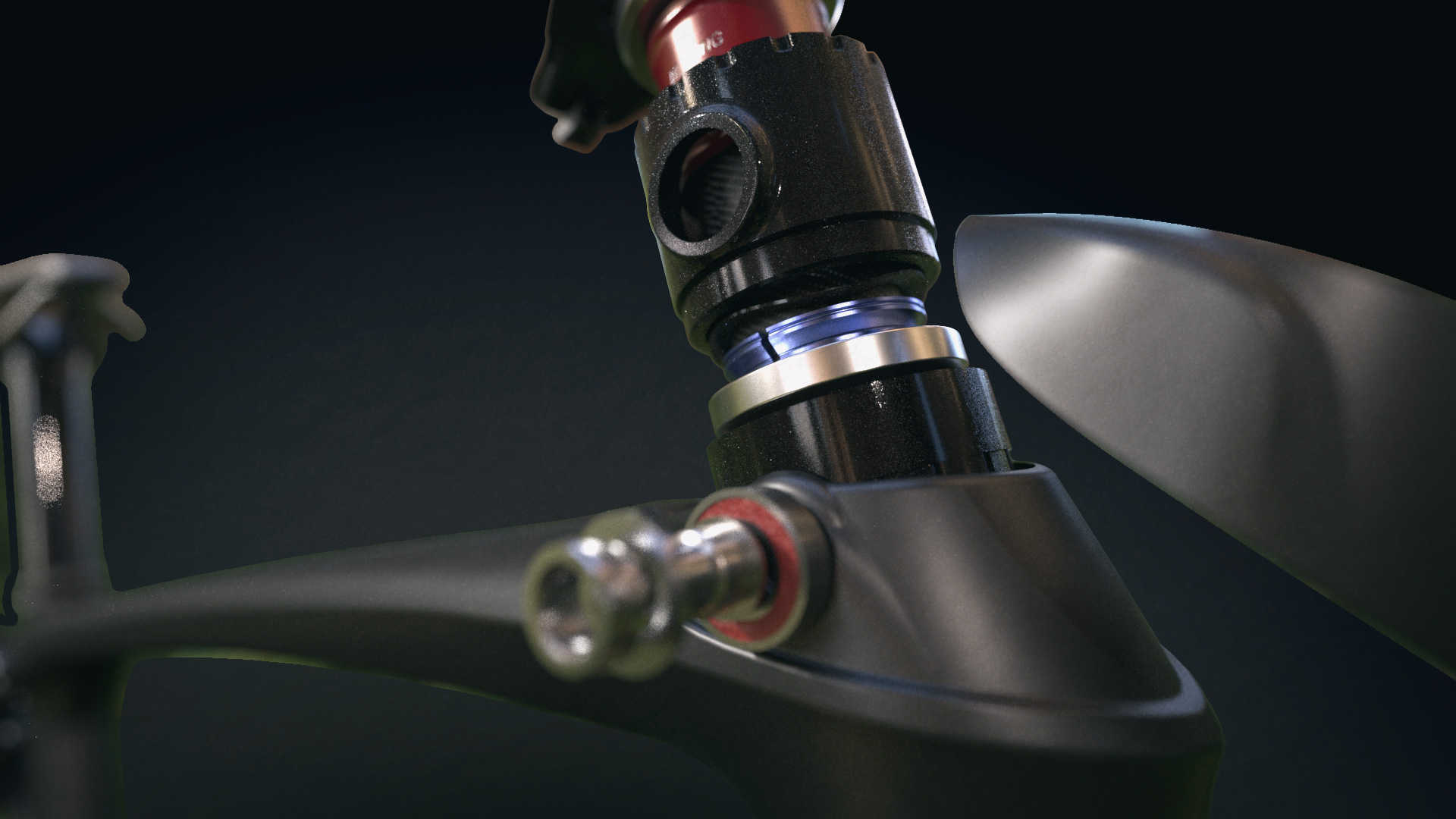
The Domane RSL might be 110% racing bike, but that doesn't preclude it from a couple options that make it an ideal winter training bike. First, enormous amounts of tire clearance. Thanks in part to the direct-mount brake standard, room for huge rubber is plentiful. While Trek's liability-mindful tech specs say 28mm max, we've successfully cleared something quite a bit bigger. With knobs. Second, hidden fender mounts. For those of us who spend significant time training in the rain and snow, they're an absolute godsend. I sincerely appreciate the various attempts at clip-on fenders the industry has made, but there's absolutely no substitute for the real thing when it comes to staying dry. That said, the fenders will limit tire size to about 25mm - perhaps 28mm if one is feeling lucky.


With a SRAM Red eTap and custom Zipp 303/DT 240 build, my test Domane RSL came in at just about 6.8kg/15lbs. When we changed it over to a Shimano Dura-Ace 9100 mechanical shifting setup and Bontrager Aeolus 5 wheels, it gained a smidge of weight, hefting at 7.2kg/15.9lbs. Trek claims the frame itself comes in at 950g - completely respectable, given the extreme level of tech pumped into the bike. As an added bonus, like all the RSL bikes, the Domane RSL is available in custom Project One paint, giving Above Category the chance to put our trademark aesthetic spin on things.


Is the Domane RSL faultless? Not entirely. Foremost, nomenclature. The Domane RSL is a one-off pro team bike, not seen often in the consumer realm. In full Trek parlance, the Domane RSL reviewed here is technically the "Domane SLR Race Shop Limited", and it's not the same bike as the "Domane SLR". The difference between the two? The first (the RSL) is available only in aggressive "Pro Endurance" geometry, isn't available in disc brake trim (yet), is made of a higher-modulus 700-Series OCLV carbon entirely in Wisconsin (versus 600-series and overseas manufacture for the standard Domane SLR), and is designed for use almost exclusively by the Classics squad at Trek-Segafredo. Because of that latter point, the bike only comes in five sizes - and the smallest is a very long/low 54cm. Why? Because no one on the Classics squad rides anything smaller. For us, the homologation-special nature of the RSL tweaks our heartstrings, but it really can't fit smaller riders. Is the geometry a little too aggressive? It can be, at times. There's definite value in the geometry of a standard race bike that takes a lot to get bounced off-line, especially in a peloton during a race; doubly especially when trying to stuff eight bottles into your jersey to distribute among teammates. But really - how many of us are in those situations anymore?

I didn't know it at the time, but the bike flying past my nose on the way to victory at the Strade Bianche in Italy in March of last year (its first public appearance, actually) would become firmly ensconced in the upper echelons of my favorite bikes, right alongside my Baum. Is the Domane RSL utter lunacy? Yes. Do I love every bit of it? Absolutely. Is there space for a bike like this in the market, a race bike that's immensely fun, and immensely functional? Most definitely. I'd love to see the range expanded, but my gut tells me that realism will prevail. The beloved RSL will likely remain a limited-production item, which really just improves the allure, and in a twisted way, is distinctly reminiscent of the Countach I derided earlier. Only 2042 were ever made, with examples now fetching well over $300,000. Perhaps the Domane RSL will be so lucky. 


The Trek Domane RSL is available now at Above Category. Email our sales team for information on how to make one of the finest US-made production bikes yours, and with the paint scheme of your dreams.
Start your Build
Since 2006, we've been creating the world's finest dream bikes with our signature approach to custom builds and customer service.
Our Custom Program
AC Everywhere
You can find us just over Golden Gate Bridge in California's Marin County. Can’t come to us? We can bring the bike to you. We craft custom bikes for clients all across the U.S. and the world.
Contact us

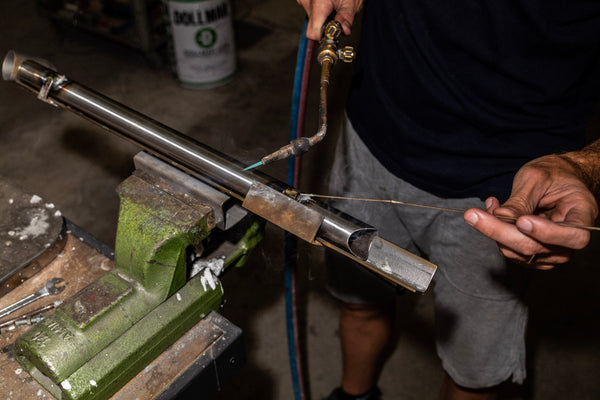
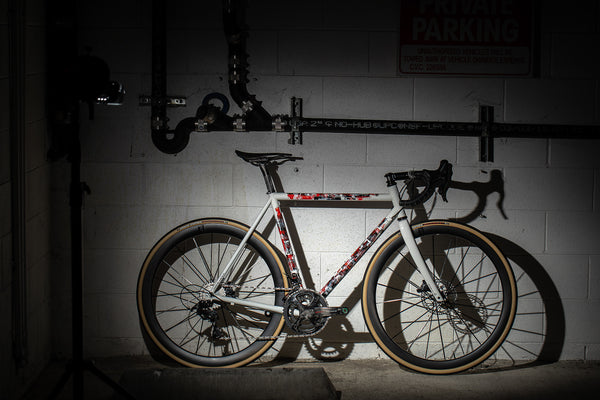
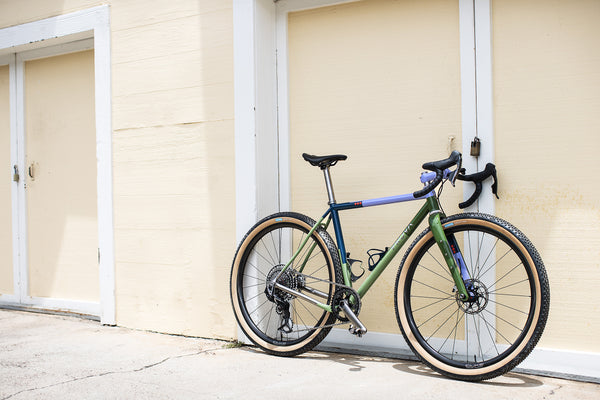
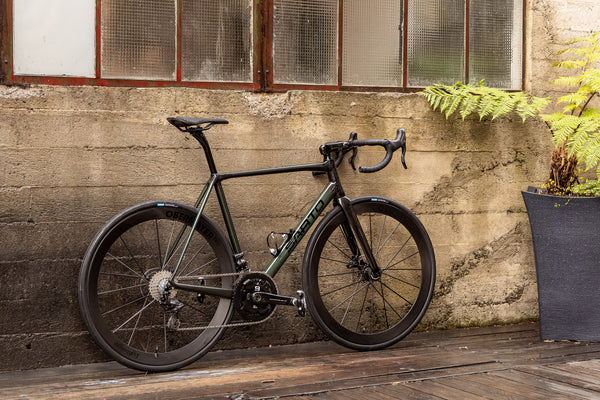

Back to Journal